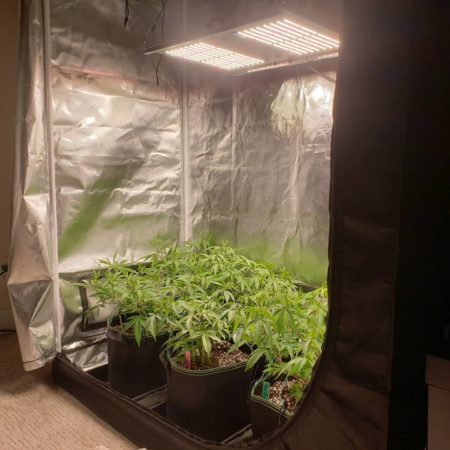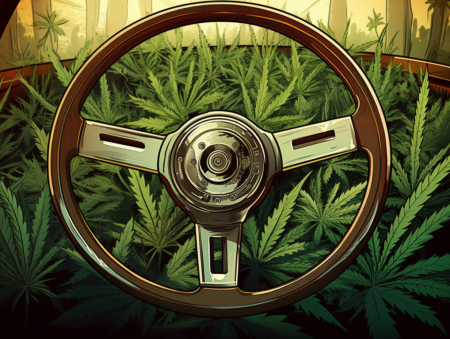by Nebula Haze
A grower recently asked me what the term cannabis “crop steering” means, and how it’s different from the more common term “plant training.”
Quick summary of the two cannabis terms:
- Crop steering: An approach to craft cultivation based on you adjusting environmental conditions and other factors to optimize plant growth for bigger yields and higher quality buds. The focus is leading plants to grow the way you want.
- Plant training: Physically manipulating plant growth and structure with physical techniques like bending, cutting, and breaking branches to manipulate plant growth. Often the focus is on mechanically forcing plants to grow the way you want.
Crop steering and plant training are different approaches to cannabis gardening
What’s the main difference? Cannabis plant training may be a part of crop steering, but crop steering is more of an idea than a specific technique.
Crop steering means what it sounds: you take the wheel and help your cannabis plants get where you want them to go!
Crop steering maximizes plant yields and performance.
Your crop steering tools:
- light (number of hours of light per day, light intensity, spectrum, etc.)
- temperature
- humidity
- CO2
- nutrients
Adjusting these environmental factors can be used to elicit a desired response from the plants. For reference, your training tools include things like topping, LST, supercropping, defoliation, etc.
Plant Training is About Force
Crop steering differs from typical cannabis plant training, which causes physical stress to the plant through bending, cutting, and breaking branches. Crop steering causes less damage and focuses more on optimizing environmental conditions. However, both techniques aim to improve plant performance and increase yields.
Crop Steering is About Optimization
- Vegetative stage
- 18-24 hours light per day
- Blue light, not too intense
- Warm to hot temperature
- Medium to high humidity
- General purpose (vegetative or “high nitrogen”) nutrients rich in micronutrients
- Training techniques: encourage plants to grow short and wide like a table
- Flowering Stage
- Red (“Bloom”) light with a lot of far red
- High intensity light
- Warm but not too hot or humid
- Medium to low humidity
- “Bloom” or flowering nutrients (low in Nitrogen, high in Potassium and Phosphorus)
- Training techniques: Use strategic defoliation and bending to encourage plants to produce many big potent top buds.
That is just scratching the surface of an extremely deep topic. I just wanted to quickly explain the differences for growers who’ve heard this term and weren’t quite sure what the terms meant. I will be releasing a much more comprehensive cannabis crop steering guide soon!


